Teach your students about the basics of conductors with this 17-slide teaching presentation.
What Is a Conductor?
Conductors are a vital component of this world, as they allow electrical current to flow through them with ease. These amazing materials are made up of free-moving particles, predominantly electrons, which move from atom to atom when a voltage or potential difference is applied.
Metals such as copper, aluminum, gold, and silver are commonly used as conductors due to their unique atomic structure, which enables electrons to move freely. When a voltage source, such as a battery, is connected to a conductor, the free electrons respond to the electric field, generating an electric current.
Let’s Learn About Conductors!
Teach Starter has created a teaching presentation suitable for your 4th and 5th grade students. This teacher-created resource includes 17 slides that cover the following topics:
- Electricity
- Conductors and insulators
- How conductors work
- How conductors are used
- Safety tips
This slide deck also has integrated check for understanding points throughout the lesson to give your students the opportunity to show what they have learned.
How to Get Your Conductor Teaching Slide Deck
If you are ready to use this teaching presentation in your science class, head on over to the green download button! Here, you will find the editable Google Slides version of this resource. Please note that you will first be prompted to make a copy of this resource to your personal drive before accessing it.
Don’t stop there! We’ve got more activities to shorten your lesson planning time:
[resource:4700455] [resource:4817327] [resource:4823914]
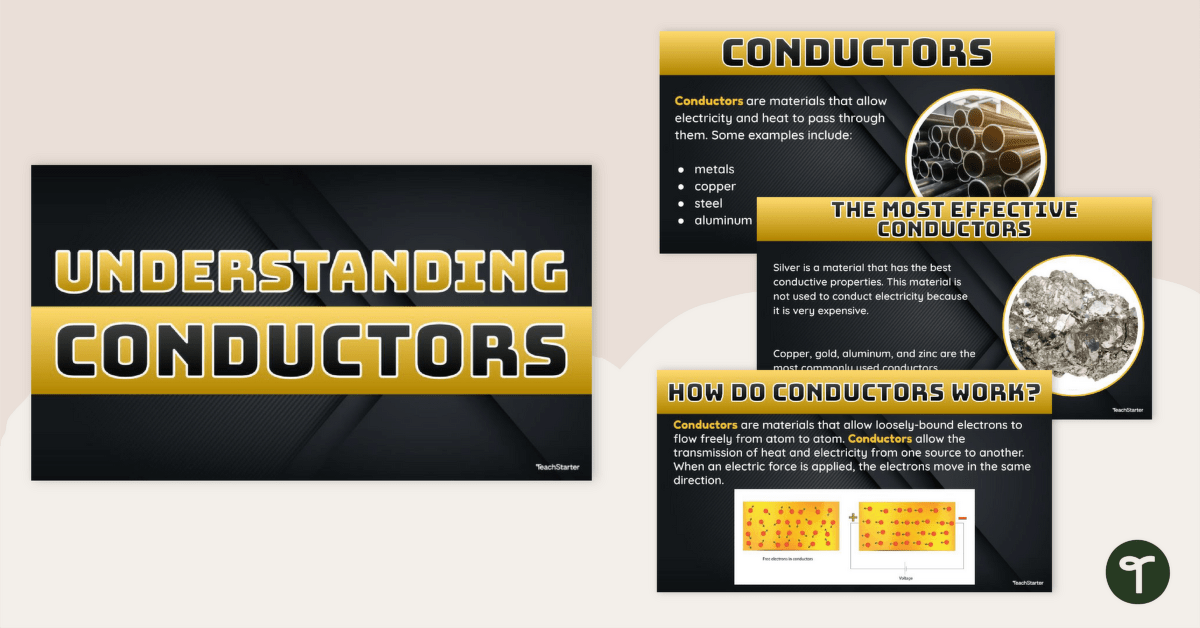

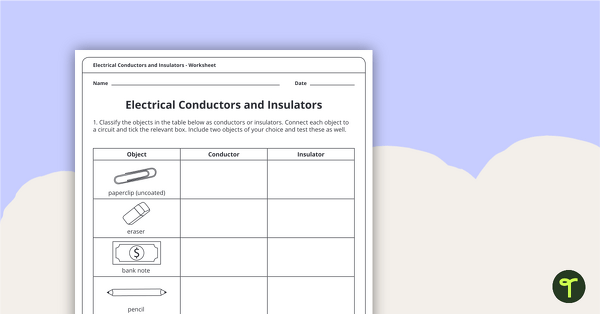
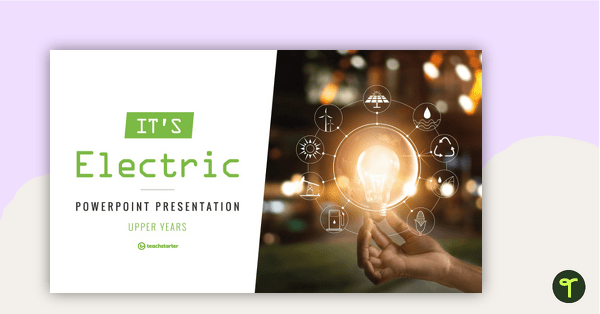
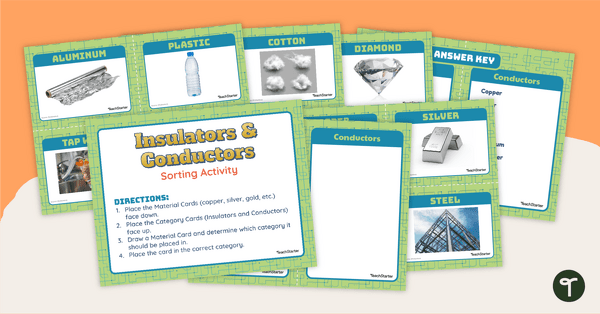
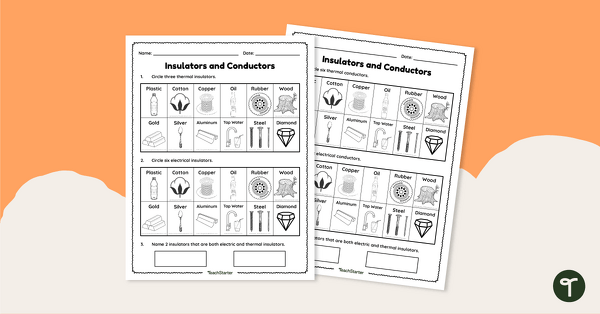
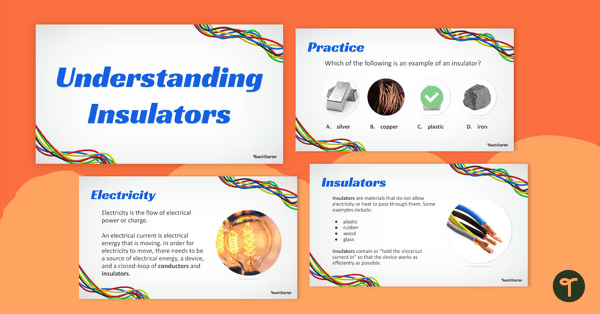
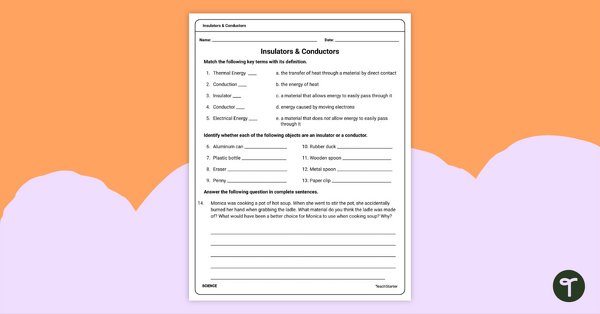
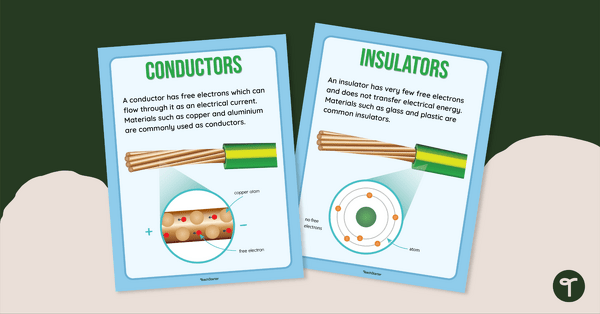
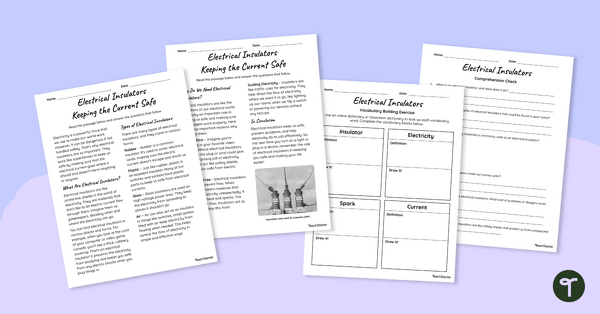
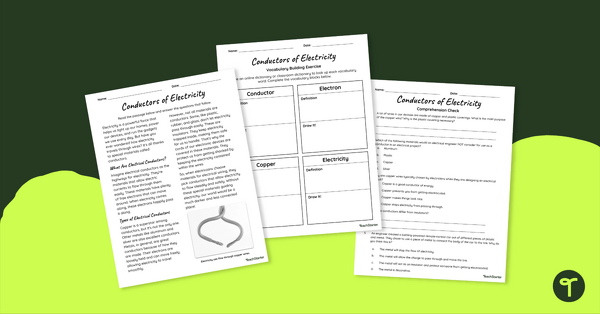

0 Comments
Write a review to help other teachers and parents like yourself. If you'd like to request a change to this resource, or report an error, select the corresponding tab above.